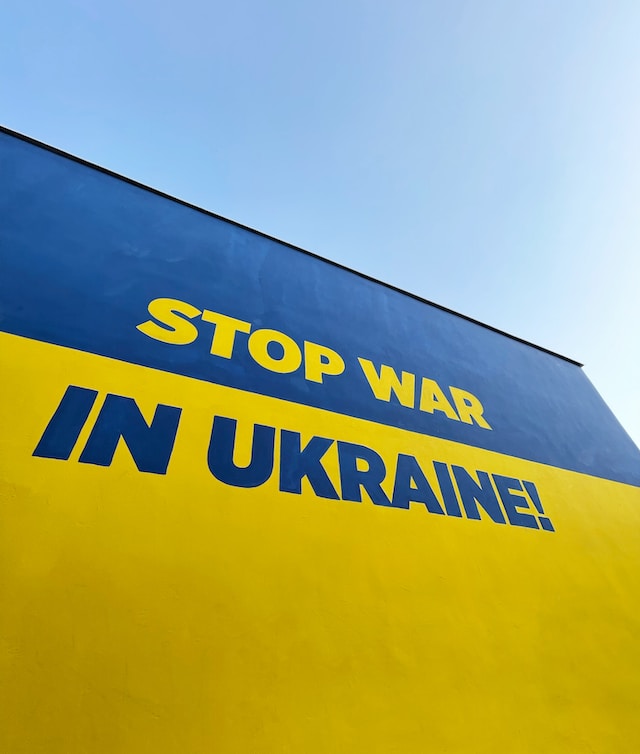Ukraine war re-positions ‘the heart of Europe’ more eastwards…in Poland

The Washington Post recently quoted US military intelligence officer and Center of European Policy Analysis non-resident fellow Chels Michta on the geopolitical shift underway in Europe. Russia’s invasion of Ukraine, he said, had moved “Nato’s center of gravity”. The 31-nation defence alliance no longer seemed to rest on its traditional anchors, France and Germany. Instead, it was moving east, he said, towards Poland, its Baltic neighbours and other former Warsaw Pact countries.
The piece was a meditation on Poland’s changing place in Europe, now so prominently at the “heart of Europe”. That’s not because of geographic location but because of Poland’s strong cultural and political convictions about the need to oppose Russia’s aggression.
The growing perception that Poland’s place in Europe is changing centres on acknowledgment that the central and eastern parts of the continent feel the weight of history more deeply than western Europe. A Le Monde op-ed, for instance, noted that there were parts of Europe where “the traumas are fresher and the return of tragedy is felt more keenly”.
When Ukraine’s President Volodymyr Zelensky visited Warsaw (on April 5), the mutually appreciative words and gestures reinforced Poland’s key role in the 14-month war. Not only has it accommodated Ukrainian refugees – more than eight million entered Poland since the February 24, 2022 invasion and about 1.5 million remain – it has served as a channel for aid and supplies to Ukraine, a champion of Ukraine’s stated wish to join Nato and the European Union and constantly pushed back against any softening by western European capitals towards Moscow.
Poland has also boosted its spending on defence and plans to spend four per cent of its GDP this year, the highest current level in Nato. It was first in sending its own German-made Leopard 2 tanks to Ukraine and in promising fighter jets to Kyiv.
In March, the US established a new permanent military base, Camp Kosciuszko, in Poland, settling more than 10,000 American troops there, to add to the five American army garrisons in Germany, one in Belgium and one in Italy.
This makes Poland, in the words of an American commander, “a linchpin of regional security”. But it wouldn’t really be if it didn’t have the heart for it.
The metamorphosis in Poland’s position is especially stark considering that before Russia invaded Ukraine, its right-wing government was considered almost un-European in its illiberal instincts and policies.

